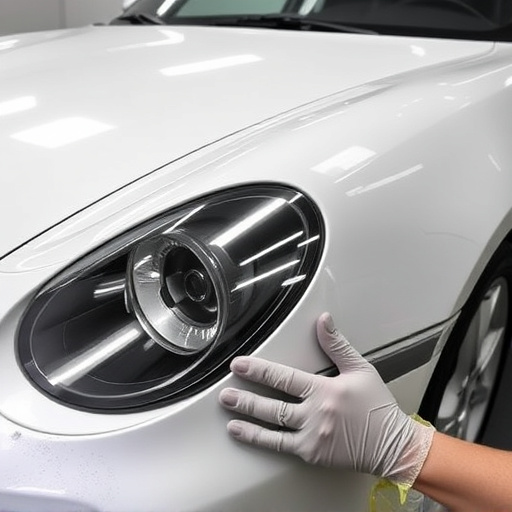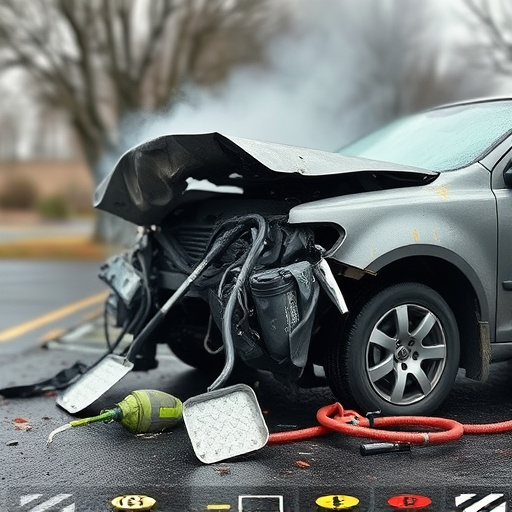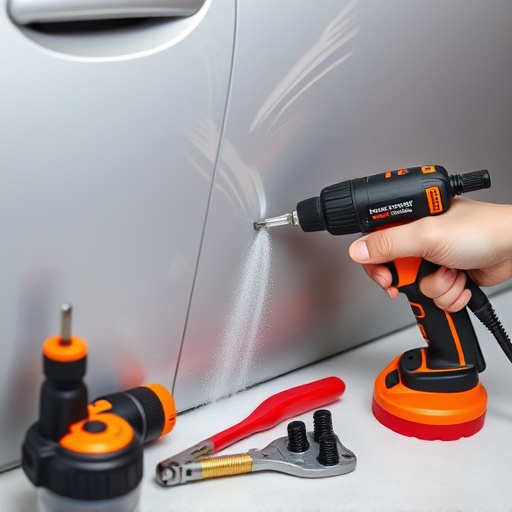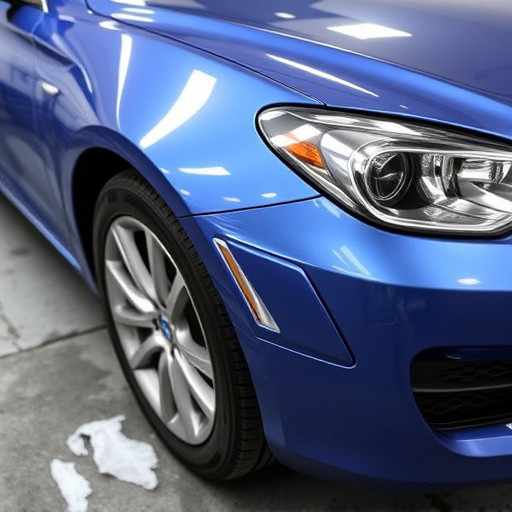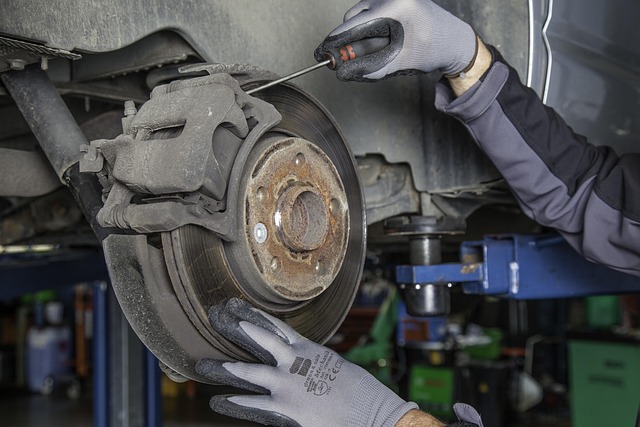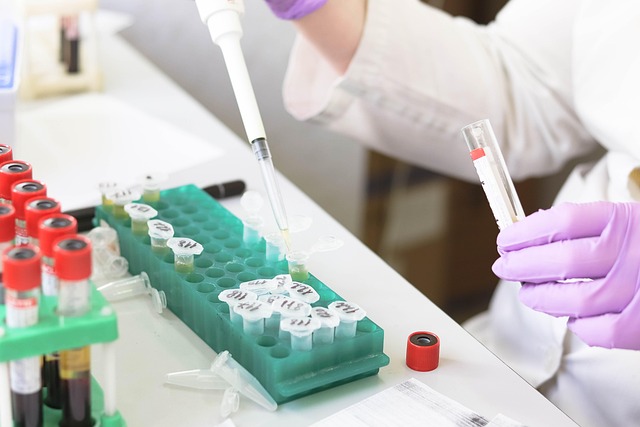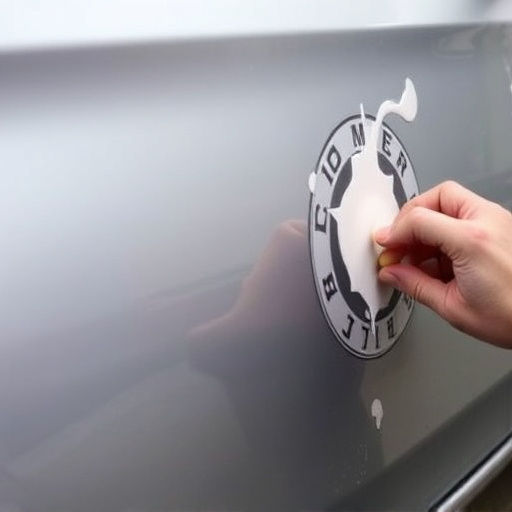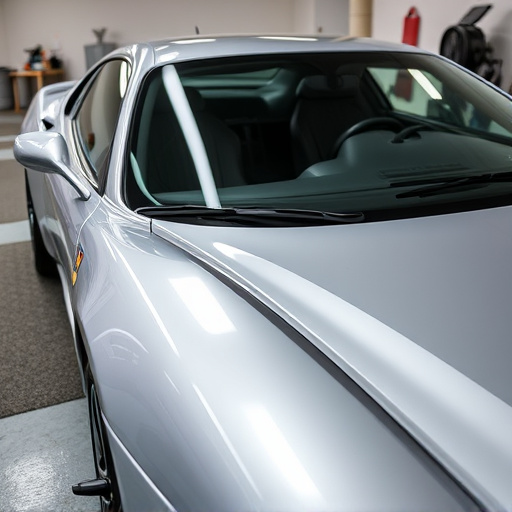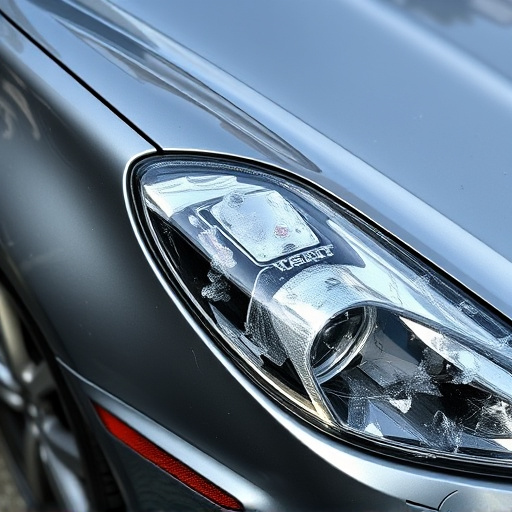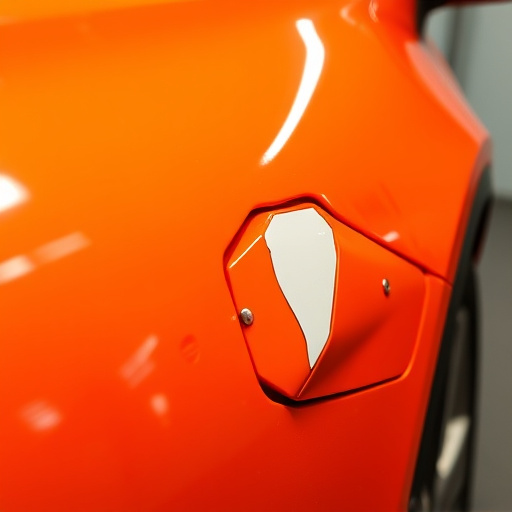Selecting the right buffing and polishing materials is key to achieving optimal car care efficiency. High-quality microfibers and specialized compounds tailored to paint types ensure minimal water spots, superior scratch removal, and consistent results. Correct compound and pad selection, along with pre-sanding and post-buffing techniques, enhance protection and finish durability. Investing in quality tools significantly improves outcomes, whether for minor scuffs or extensive dent repair, ensuring professional-level auto buffing and polishing services.
In the realm of automotive care, achieving a flawless finish through effective auto buffing and polishing is an art. This process not only enhances the vehicle’s aesthetics but also protects its surface. By mastering specific techniques, you can significantly improve efficiency. From selecting the right tools and compounds to understanding molecular interactions, this article provides comprehensive guidance. Learn how high-quality materials, systematic application methods, and optimized processes can transform your car care routine, ensuring a gleaming and scratch-free finish.
- Choosing the Right Buffing and Polishing Materials
- – Types of polishing compounds and their uses
- – Selection criteria for buffing pads and cloths
Choosing the Right Buffing and Polishing Materials
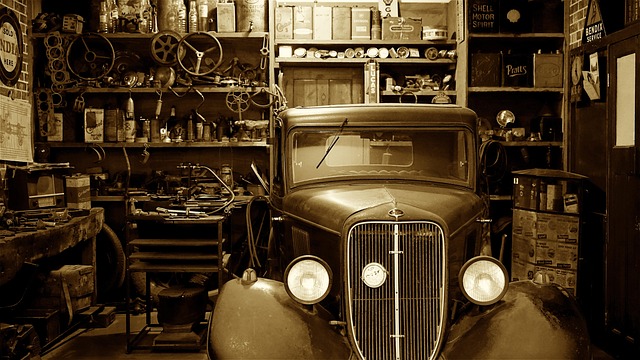
Selecting the appropriate buffing and polishing materials is a key step in enhancing auto buffing and polishing efficiency. The right tools can make all the difference in achieving a flawless, sparkling finish on your vehicle. For instance, using high-quality microfibers for polishing ensures minimal water spots and superior scratch removal. Furthermore, investing in specialized compounds tailored to different types of paint will deliver more consistent results.
In an auto body shop, offering body shop services that include car scratch repair alongside buffing and polishing can significantly improve customer satisfaction. The right materials enable technicians to perform these services effectively, leaving cars looking as good as new. By prioritizing the quality of products and staying updated on industry trends, auto body shops can ensure their processes are efficient, safe, and yield exceptional outcomes for every client.
– Types of polishing compounds and their uses

Polishing compounds come in various types, each designed for specific auto buffing and polishing tasks. The choice of compound largely depends on the condition of the car’s paintwork and the desired finish. For example, cutting compounds are ideal for removing deep scratches, swirls, and other defects, while finishing compounds smoothen out the surface to achieve a glossy, scratch-free shine. Compounds can also be categorized based on their abrasiveness, with lower grit sizes suitable for initial scratch repair in automotive body shops or auto collision centers, and higher grit sizes used for finer detailing to achieve a flawless, mirror-like finish.
Using the right compound is just half the battle. Proper application techniques are equally crucial. For optimal results, follow recommended procedures when using these compounds. This may involve sanding down the surface before polishing to ensure even application and maximize the bonding of the polish. After buffing, a clear coat or sealant can be applied to enhance protection and prolong the durability of the car’s finish, adding that extra layer of shine and gloss in a bustling auto collision center or professional automotive body shop.
– Selection criteria for buffing pads and cloths
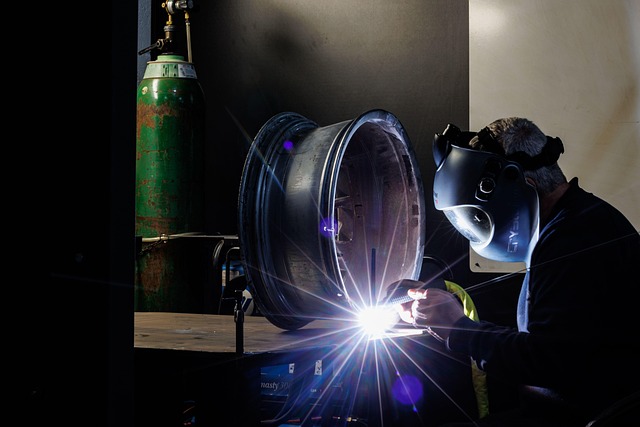
When it comes to auto buffing and polishing, choosing the right tools is paramount. The selection of buffing pads and cloths plays a crucial role in achieving a flawless finish. Key factors include material type and hardness, which directly impact their effectiveness on various vehicle surfaces. For example, softer pads are ideal for delicate finishes and removing fine scratches, while harder compounds are better suited for heavy-duty polishing and addressing more robust defects like dents or paint imperfections, such as those often seen in bumper repair and collision repair services.
Furthermore, the size and shape of the buffing pad should align with your vehicle’s contour to ensure even coverage and consistent results. Microfiber cloths offer a gentle yet effective solution for post-polishing cleaning and protection. Remember, investing in high-quality pads and cloths will significantly enhance your auto buffing and polishing efficiency, ensuring a professional-level shine every time—whether you’re tackling minor scuffs or more extensive vehicle dent repair.
By selecting the appropriate materials, such as high-quality polishing compounds and specialized buffing pads, and with a thorough understanding of their applications, you can significantly enhance your auto buffing and polishing efficiency. Regular maintenance using these techniques not only improves the vehicle’s exterior appearance but also safeguards its finish, ensuring a gleaming and protective layer for years to come.
